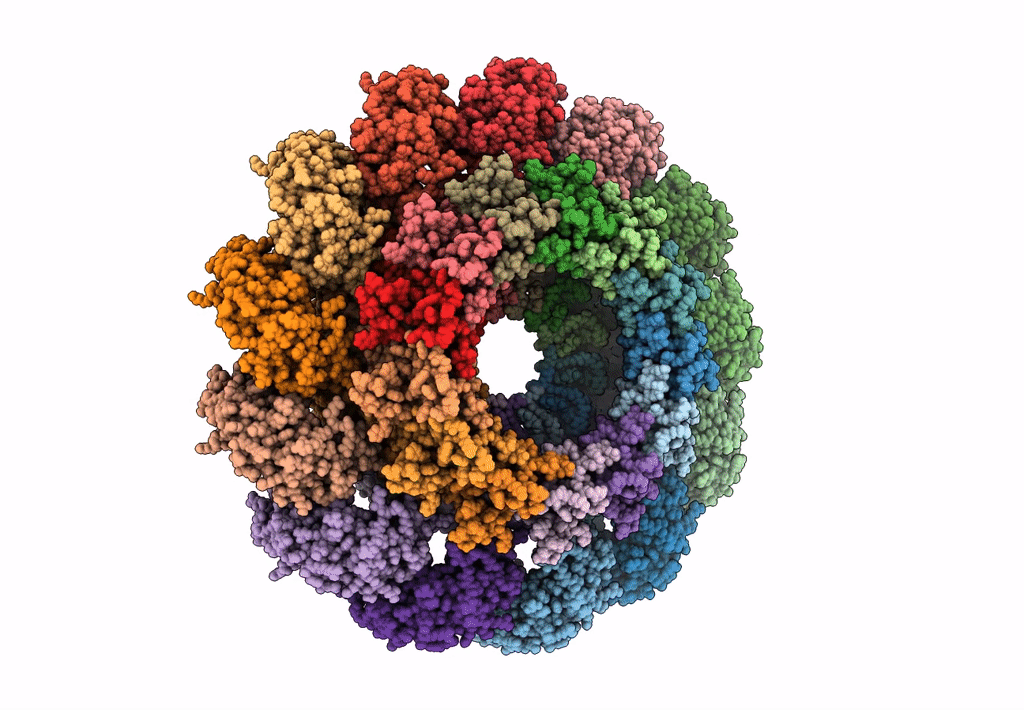
Deposition Date
2023-03-09
Release Date
2023-09-27
Last Version Date
2024-11-13
Entry Detail
PDB ID:
8ODN
Keywords:
Title:
RcpA-TadD with C13 symmetry from the Pseudomonas aeruginosa Tight Adherence Secretion System
Biological Source:
Source Organism:
Pseudomonas aeruginosa PAO1 (Taxon ID: 208964)
Host Organism:
Method Details:
Experimental Method:
Resolution:
2.70 Å
Aggregation State:
PARTICLE
Reconstruction Method:
SINGLE PARTICLE


